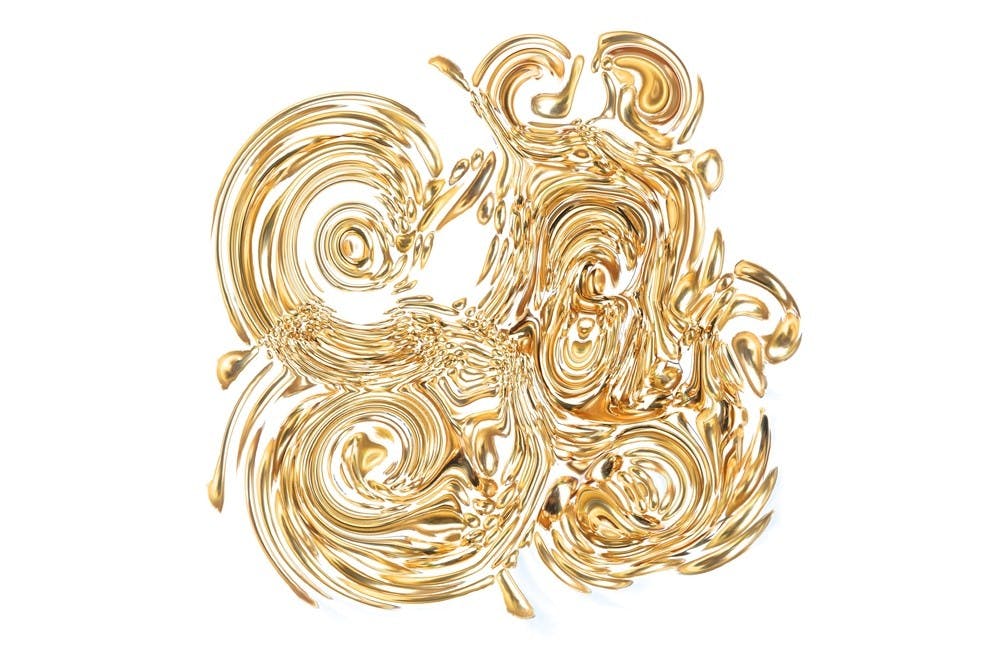Name: Eddie Cohen Wharton C’15 Hometown: NYC, New York Website: http://eddiecohenart.com/
Street: How did you get started in photography and photo manipulation? Did graphic design and videography feel like a natural second step? Eddie Cohen: I got started as a 12–year–old with a wild imagination and a camera. My teachers used to call me Little Dali; it was quite the time. I became obsessed with the concept of freezing time and telling a story with my photographs. I always had a computer, which gave me pretty much free reign to do what I wanted. Photo manipulation, graphic design and videography were all just natural second steps in my quest to tell a story. I play around with different forms of art all the time, but I only share/make public the work that I like. I tried to paint—didn’t work well, I broke my nose.
Street: Do you allow an original vision to dictate your product or do you let it evolve as you work? EC: I try to find the right balance of rigidity and pliability. If I set out to make something, I try hard to stick to my original idea while tweaking it to make it better. I’m wrong 99% of the time so I need to be able to change my idea. I also constantly think to myself, “What would Woody do?”
Street: What differentiates the work that you sell from your personal creations? EC: People hate the work that I like the most. I publish art that people would enjoy and keep my personal art to myself. My personal work is less abstract, less colorful, more bleak—kind of represents my outlook on life. That and the old Groucho Marx joke, “ I would never be part of a club that would have me as a member.”
Street: You tend to draw a lot from nature, trees in particular. Tell us about your thought process behind some of these works. EC: I was born in a cabin in Montana surrounded by nature and when I was seven I moved to New York. The only remnant of nature was the trees. I love trees because they are the most prominent piece of nature still around in modern day society. I like to capture the intricacies of the leaves, the bark and the way they both interact with sunlight. I’ve overlaid a De Kooning Late Series Painting on top of a photograph of a tree’s leaves to juxtapose the natural lines of the painting to the natural lines of a tree. I’ve made a piece in the perspective of bees, and I’ve made a piece of a tree printed on wood.
Street: What are some of the most unconventional materials you’ve used or printed on in the past? EC: I’ve used all kinds of materials like beads, pipe cleaners, bullet shells, flowers, toys, stamps, clothing, etc. I’ve printed my work on aluminum, gold, wood, plexiglass, canvas and even the human body. I want to use animal feces for my next project, to represent the rationality behind irrationality and vice versa.
Street: Do you prefer abstraction to portraiture or vice versa? EC: My favorite work is my portraiture. I love telling a story through somebody’s facial expressions. I also enjoy meeting new people and hearing his or her story. The photographs also have a deeper meaning for me because the subjects are all personal inspiration. For example, one of my favorite portraits is of pizza maker Dominick DeMarco of Difara’s Pizza. He is a world–class legend and personal hero. He is able to turn pizza into culinary art.
Street: Where do you see your work taking you in the future? EC: I’m working on an art company called Zelig; think Warby Parker for art. Art is too expensive and I’m going to make awesome art printed on a new Plexiglas material for $95.
[photospace]

